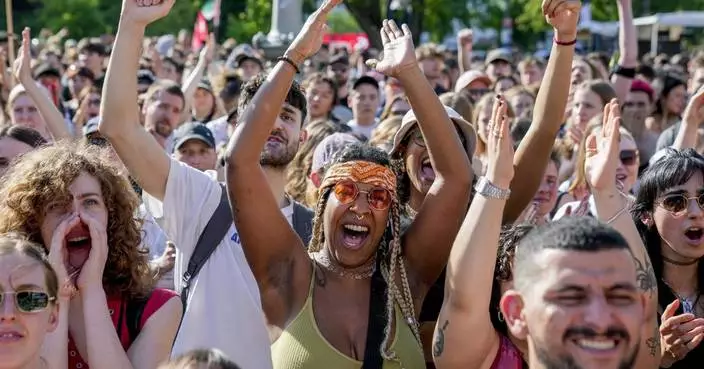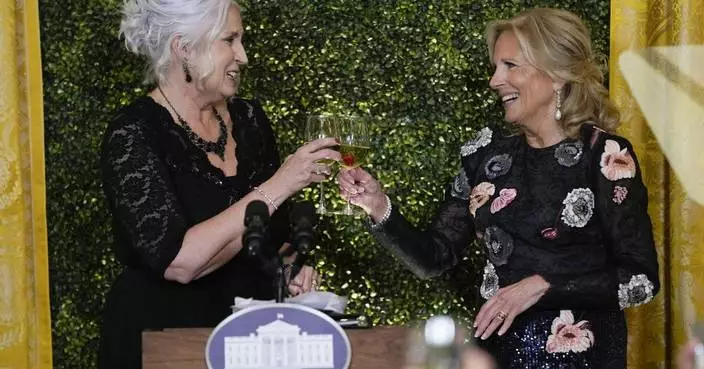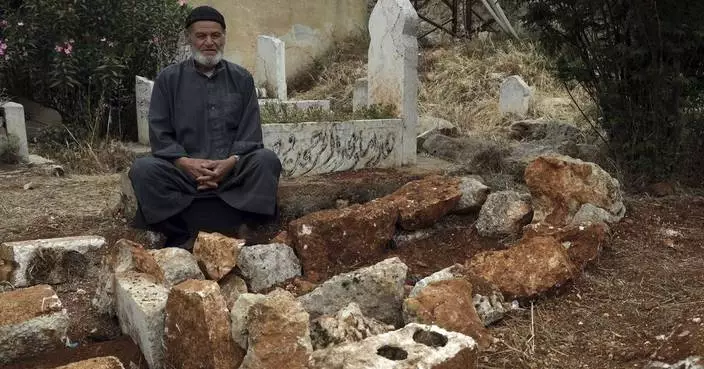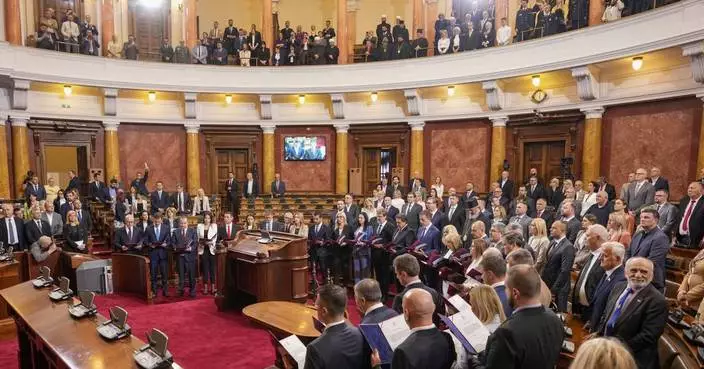Retired Supreme Court Justice John Paul Stevens never really put down his pen. Without opinions and dissents to write following his retirement from the Supreme Court in 2010, Stevens chose instead to write books from his home in Florida, reflecting on his life but also the Constitution.
Stevens, who died last week at 99 and will lie in repose at the court Monday, published his first book in retirement the year after he left the court. The memoir, "Five Chiefs," reflected on the five Supreme Court chief justices he had served under or known. A second book, "Six Amendments: How and Why We Should Change the Constitution," followed in 2014. And his most recent book, an autobiography, came out in May, just a month after his most recent birthday.
Stevens had been particularly outspoken recently on the topic of gun control. In "Six Amendments" he called for changing the Constitution's Second Amendment to permit gun control. Last year, after marches following the school shooting in Parkland, Florida, in which 17 people died, Stevens wrote an essay for The New York Times calling not only for significant gun control legislation but also the Second Amendment's repeal .
Also last year he came out against Justice Brett Kavanaugh's confirmation following Kavanaugh's angry denial of sexual assault allegations.
Other justices have chosen their own paths in retirement. A look at how the nation's three other retired Supreme Court justices have been spending their time:
ANTHONY KENNEDY
The Supreme Court's most recent retiree left the court a year ago this month. Kennedy, 82, said in stepping down that he wanted to spend more time with his family.
Former clerks say Kennedy, a father of three and "Papa" to nine grandchildren, is an enthusiastic grandparent. He's attended his grandkids' T-ball games and ballet performances. He spoke at the high school graduations of two of his grandchildren and has talked about seeing "Hamilton" on Broadway with his grandchildren.
This summer, Kennedy taught at the University of the Pacific's McGeorge School of Law program in Austria, a practice of his for decades. He's taught in some capacity for the California school since 1965.
DAVID SOUTER
Souter never really liked Washington and quickly returned to his home state of New Hampshire after leaving the court in 2009.
Now 79, Souter was just shy of 70 when he retired and decided he wasn't quite done wearing his judicial robes. Before joining the Supreme Court, Souter had been a judge on the federal appeals court based in Boston, and he's served on the court regularly in retirement, hearing more than 400 cases.
SANDRA DAY O'CONNOR
The first woman to serve on the Supreme Court left the court in 2006 under unhappy circumstances. Her husband was suffering from Alzheimer's disease and O'Connor, then 75, retired in part to care for him. He died in 2009.
O'Connor, now 89, announced late last year that she too had been diagnosed with the beginning stages of dementia, probably Alzheimer's disease. O'Connor had stopped speaking publicly more than two years before the announcement, but for years she led an active retirement.
O'Connor returned to her home state of Arizona upon retiring and, like Souter, served as a visiting appeals court judge, hearing more than 175 cases and serving with all but two of the nation's 13 federal appeals courts.
Like Stevens, she also wrote in retirement, authoring a book of stories about Supreme Court history. She also founded iCivics, an organization that promotes civic education in schools.
Follow Jessica Gresko on Twitter at twitter.com/jessicagresko.
HONOLULU (AP) — Defense chiefs from the U.S., Australia, Japan and the Philippines vowed to deepen their cooperation as they gathered Thursday in Hawaii for their second-ever joint meeting amid concerns about China's operations in the South China Sea.
The meeting came after the four countries last month held their first joint naval exercises in the South China Sea, a major shipping route where Beijing has long-simmering territorial disputes with a number of Southeast Asian nations and has caused alarm with its recent assertiveness in the waters.
U.S. Defense Secretary Lloyd Austin told reporters at a news conference after their discussion that the drills strengthened the ability of the nations to work together, build bonds among their forces and underscore their shared commitment to international law in the waterway.
Australian Defense Minister Richard Marles said the defense chiefs talked about increasing the tempo of their defense exercises.
“Today, the meetings that we have held represent a very significant message to the region and to the world about four democracies which are committed to the global rules-based order,” Marles said at the joint news conference with his counterparts.
Austin hosted the defense chiefs at the U.S. military’s regional headquarters, U.S. Indo-Pacific Command, at Camp H.M. Smith in the hills above Pearl Harbor. Earlier in the day, Austin had separate bilateral meetings with Australia and Japan followed by a trilateral meeting with Australia and Japan.
Defense chiefs from the four nations held their first meeting in Singapore last year.
The U.S. has decades-old defense treaties with all three nations.
The U.S. lays no claims to the South China Sea, but has deployed Navy ships and fighter jets in what it calls freedom of navigation operations that have challenged China’s claims to virtually the entire waterway. The U.S. says freedom of navigation and overflight in the waters is in America’s national interest.
Aside from China and the Philippines, Vietnam, Malaysia, Taiwan and Brunei also have overlapping claims in the resource-rich sea. Beijing has refused to recognize a 2016 international arbitration ruling that invalidated its expansive claims on historical grounds.
Skirmishes between Beijing and Manila in particular have flared since last year. Earlier this week, Chinese coast guard ships fired water cannons at two Philippine patrol vessels off off Scarborough Shoal, damaging both.
The repeated high-seas confrontations have sparked fears of a larger conflict that could put China and the United States on a collision course.. The U.S. has warned repeatedly that it’s obligated to defend the Philippines — its oldest treaty ally in Asia — if Filipino forces, ships or aircraft come under an armed attack, including in the South China Sea.
President Joe Biden's administration has said it aims to build what it calls a “latticework” of alliances in the Indo-Pacific even as the U.S. grapples with the Israel-Hamas war and Russia’s ongoing invasion of Ukraine.
Beijing says the strengthening of U.S. alliances in Asia is aimed at containing China and threatens regional stability.

FILE - Japanese Defense Minster Minoru Kihara speaks during a meeting with Secretary of Defense Lloyd Austin at the Pentagon, Wednesday, Oct. 4, 2023, in Washington. Austin and his counterparts from Australia, Japan and the Philippines gather in Hawaii for their second-ever meeting of defense ministers, Thursday, May 2, 2024. (AP Photo/Alex Brandon, File)
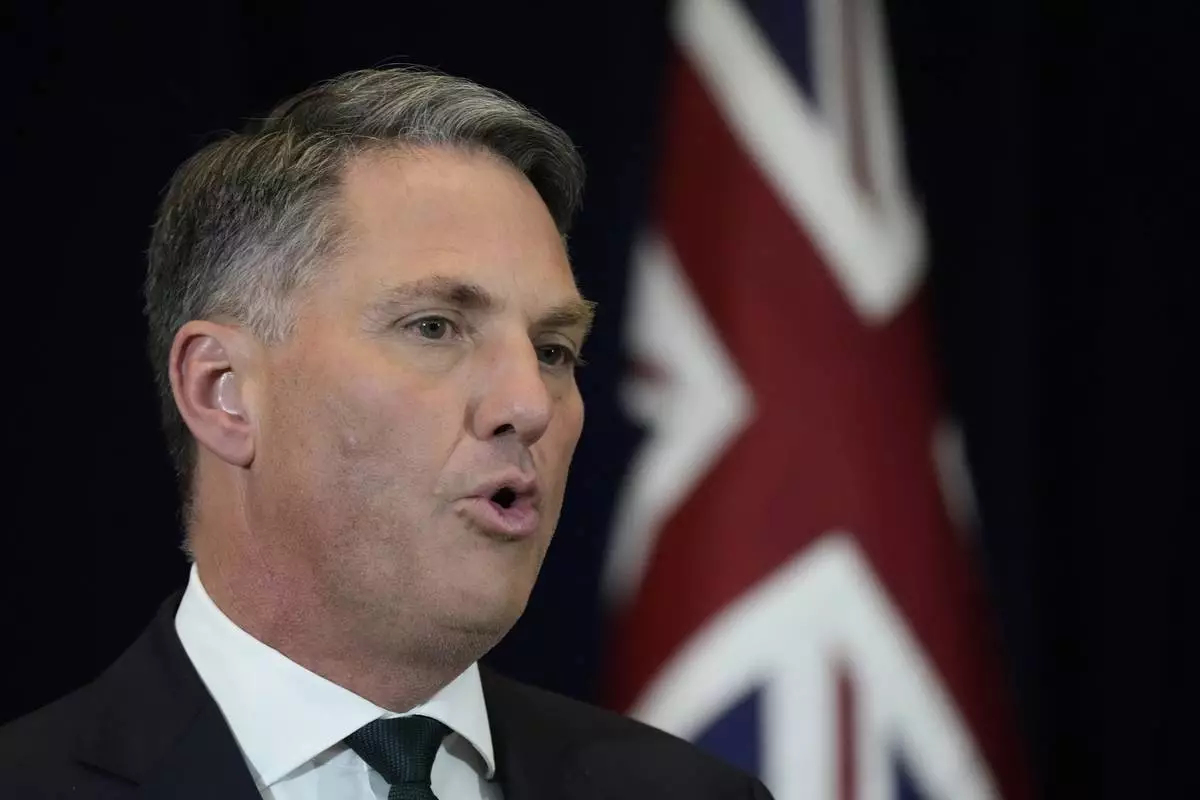
FILE - Australian Deputy Prime Minister and Minister for Defense Richard Marles speaks during a news conference at the State Department, Dec. 6, 2022, in Washington. U.S. Defense Secretary Lloyd Austin and his counterparts from Australia, Japan and the Philippines gather in Hawaii for their second-ever meeting of defense ministers, Thursday, May 2, 2024. (AP Photo/Manuel Balce Ceneta, File)
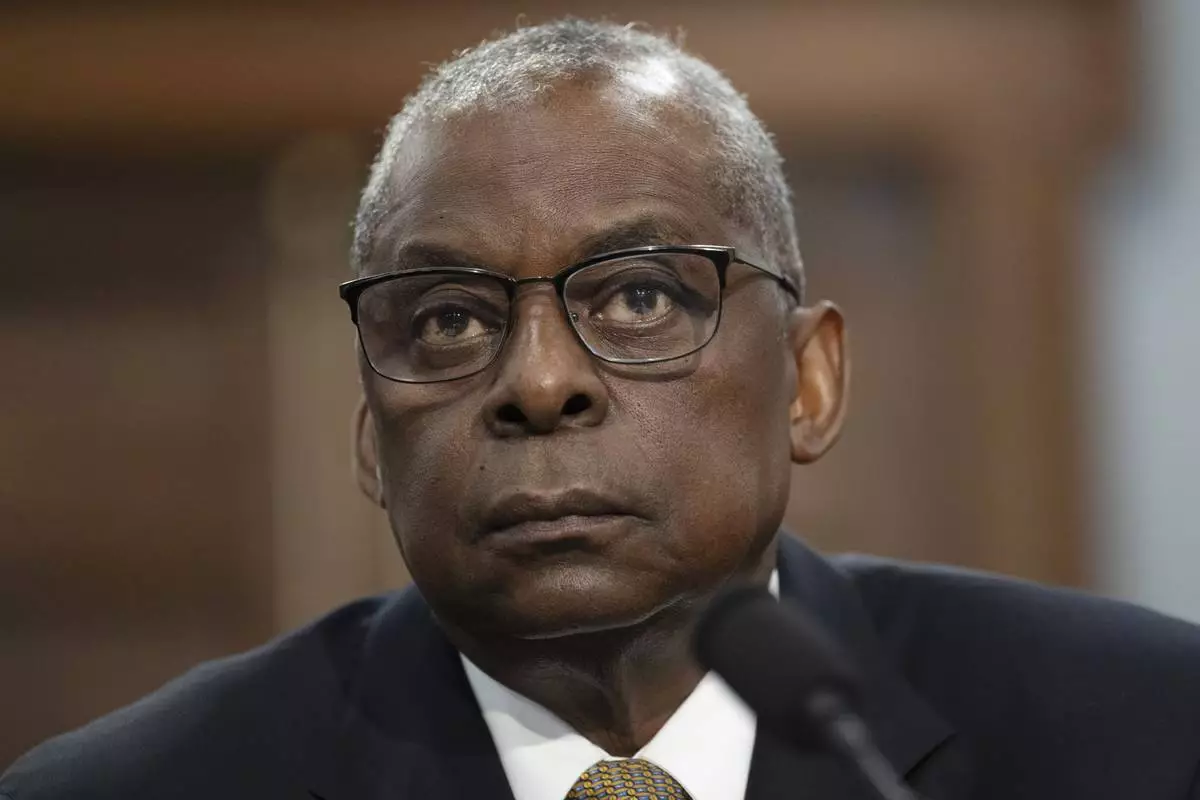
FILE - Defense Secretary Lloyd Austin listens during a House Committee on Appropriations, Subcommittee on Defense budget hearing Fiscal Year 2025 on Capitol Hill, April 17, 2024, in Washington. Austin and his counterparts from Australia, Japan and the Philippines gather in Hawaii for their second-ever meeting of defense ministers on Thursday, May 2, 2024. (AP Photo/John McDonnell, File)







